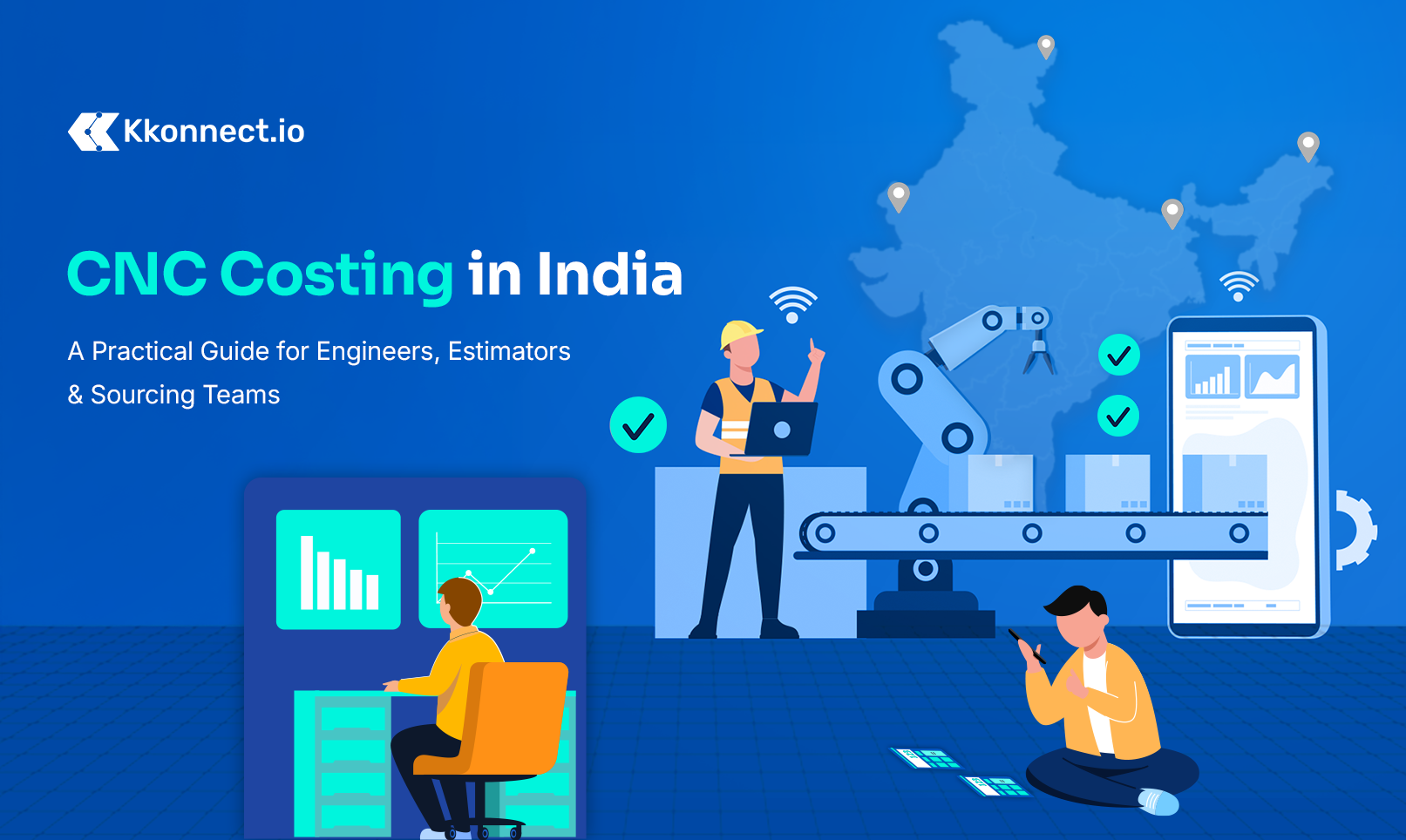
CNC machining plays a vital role in India’s manufacturing value chain — from rapid prototyping to high-volume production. Yet, costing often remains a black box. You send out an RFQ, wait for days, and get three wildly different quotes. Sound familiar?
If you work in engineering, procurement, or cost estimation, this guide will help you understand how CNC costs are structured in the Indian market, what influences them, and how to optimize them without compromising quality or deadlines.
CNC costing is the total sum of what it takes to turn a design into a finished machined part factoring in material, machine time, labor, post-processing, and overheads.
While digital tools can give you an estimate, understanding the building blocks gives you better control over your timelines and budgets.
Let’s break down the actual cost components that make up a CNC job:
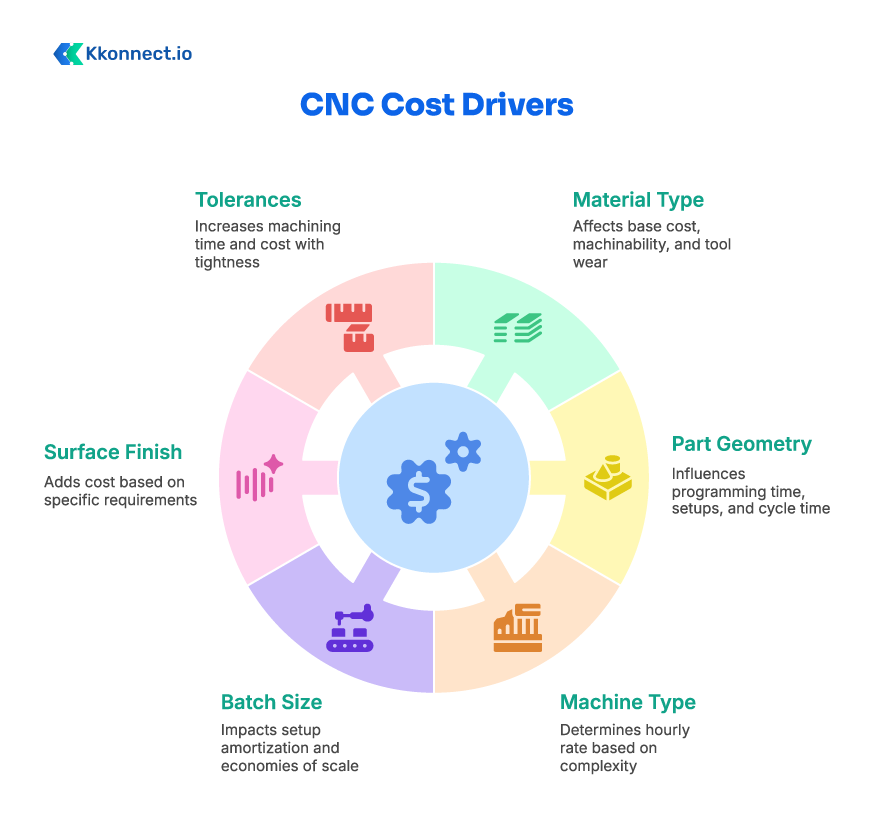
Each of these variables contributes to your final CNC cost and smart decisions here can bring efficiency gains across the board.
Based on common practices in industrial hubs like Pune, Bengaluru, and NCR:

Costs will vary depending on the part size, tolerances, material availability, and vendor capabilities, but these ranges can guide your early estimates.
Small design changes can dramatically influence CNC pricing.
The earlier your team thinks about manufacturability, the better your outcome in both cost and lead time.
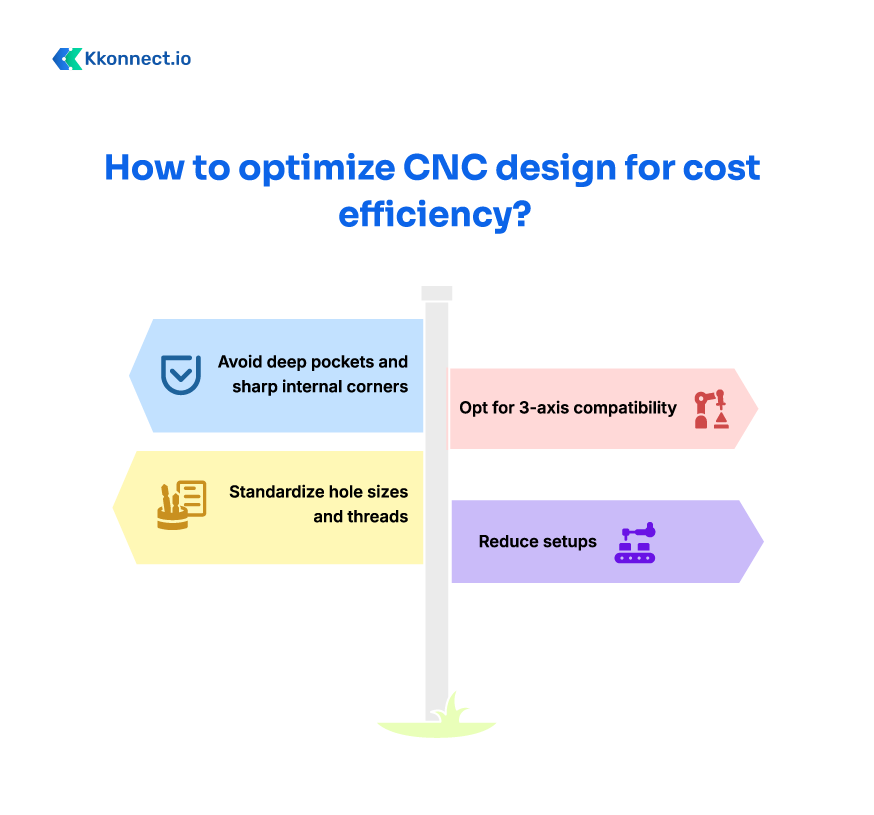
Batch size is one of the most underrated cost drivers.
Let’s say you have a one-off prototype. The ₹4,000 setup charge gets distributed over one part. But if you're producing 50 units, that same cost now adds only ₹80 per part.
Additionally, larger orders allow:
If your team often produces the same part in batches, talk to your vendors about keeping the tooling or code base you could save ₹500–₹800 per part on repeat runs.
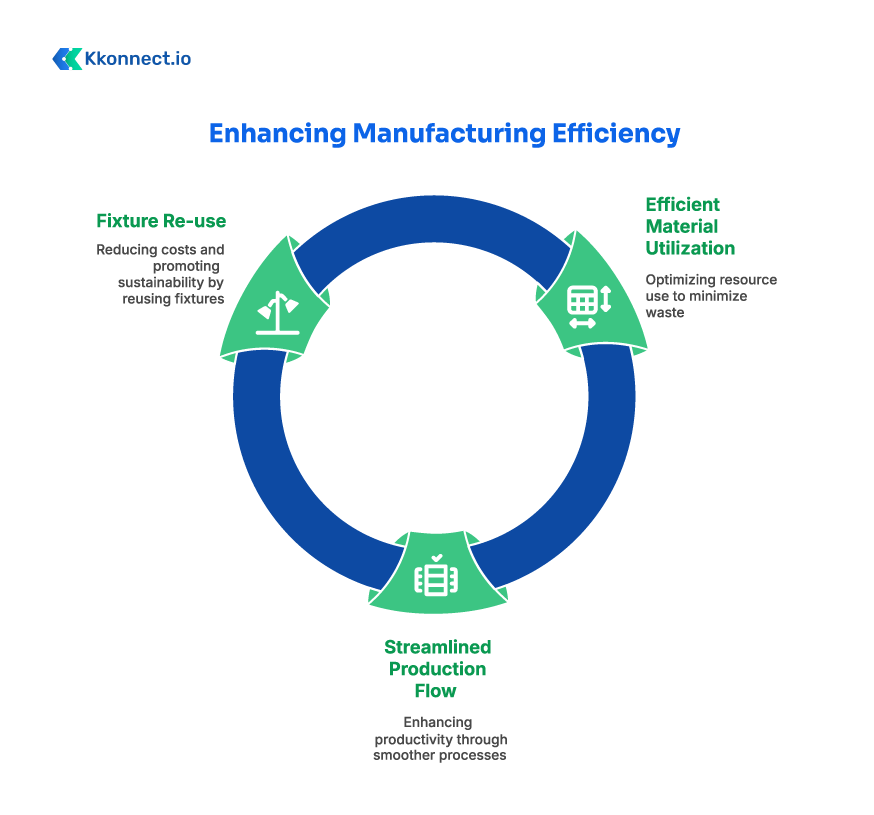
Here’s a real-world way to break down a CNC cost estimate:
Part: Milled Aluminum Enclosure
Material: Aluminum 6061 — 0.5 kg
Machine Time: 1.5 hours on 3-axis
Finish: Light buff + anodizing
Batch Size: 10 parts
For high-precision or high-tolerance parts, these numbers can scale up- particularly with expensive materials like titanium or Inconel.
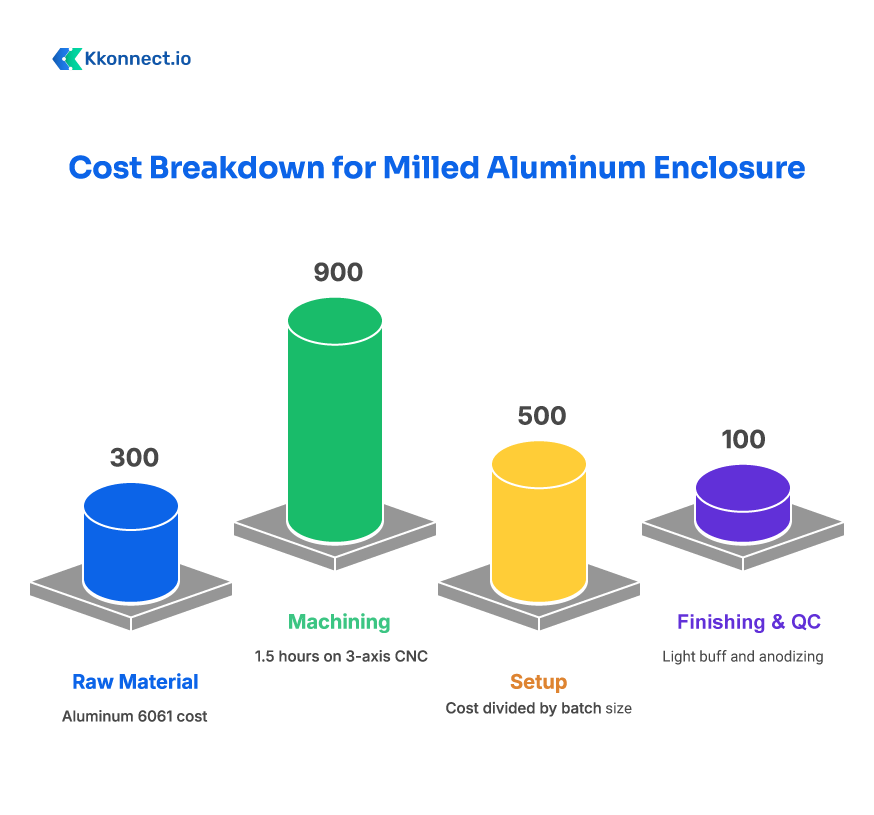
Good engineering = Good cost outcomes.
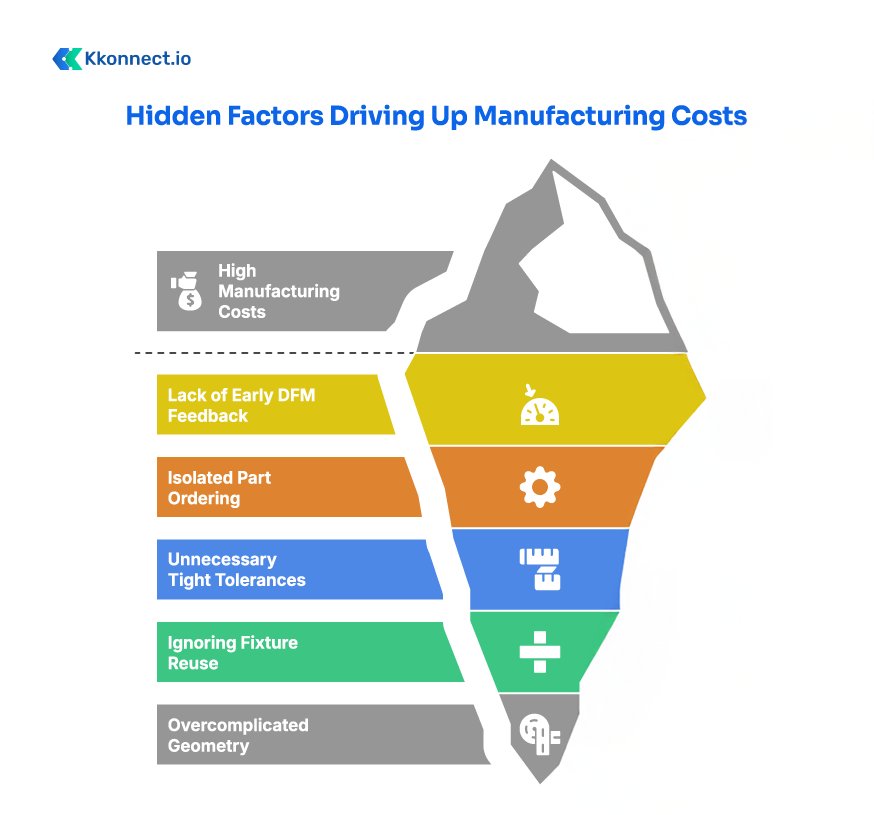
CNC costing isn’t just a procurement challenge — it’s a product and business opportunity. Whether you’re scaling a startup, managing a tool room, or leading sourcing for an enterprise, the more clarity you have around costing, the better your product timelines, margins, and trust with suppliers.
At KKonnect, we’re building a smarter way to bridge the gap between design, procurement, and vendors — with transparency, speed, and repeatability at its core with our CNC Costing Software ACE